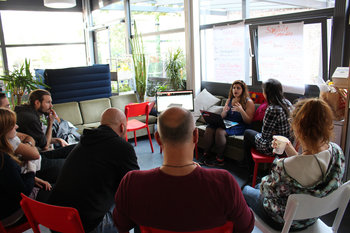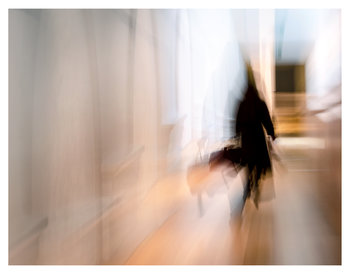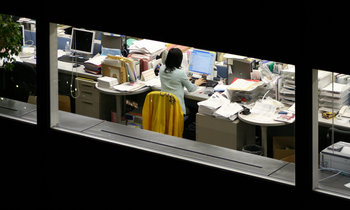
Accountability & Responsibility | Authoritarianism |
Autonomy | Benefits |
Biases | Business Processes |
Celebrations | Communication Processes |
Commuting | Criticism |
Customer Relationships | Decision Processes |
Defeatism | Disasters & Business Disruptions |
Engagement & Disengagement | Exit Process |
Goal Setting | Health & Safety |
Hygiene Factors | Incentives |
Inclusion & Exclusion | Internal Competition |
Job Security | Lessons Learned |
Managing Failure | Mission & Vision |
Norms of Professionalism | Office Location |
Office Politics | Onboarding |
Organizational Culture | Organizational Structure |
Passive-aggressive Behavior | Peak Experiences |
Performance Issues | Performance Management |
Politeness | Problems & Incidents |
Project Issues | Promotions & Demotions |
Recognition | Recruiting Processes |
Red Tape | Resistance to Change |
Respect | Retirement |
Role Expectations | Routines & Habits |
Rumors | Salary |
Self-Fulfilling Work | Sidelining |
Social Status | Stakeholder Relationships |
Support | Team Building |
Team Spirit | Teamwork |
Technology Usability | Terms of Employment |
Toil | Tone at the Top |
Trained Incapacity | Values |
Work From Home | Work Schedule |
Work-life Balance | Working Conditions |
Workload | Workplace Privacy |
Work Environment
The organizational and team culture that shape working life.
Work Processes
The day-to-day work processes of a business greatly influence the employee experience. For example, an efficient process that is low stress versus a broken process with constant problems and much complaint handling as a result.
Working Conditions
Working conditions are the environmental, social and physical factors that impact employee satisfaction. These include things like safety and security that are critical to the employee.
Summary
Employee experience is the total end-to-end experience of working for an organization. This is influenced by organizational culture, work processes and working conditions. Employee experience can also be influenced by difficult to manage situations such as interpersonal conflict.






































